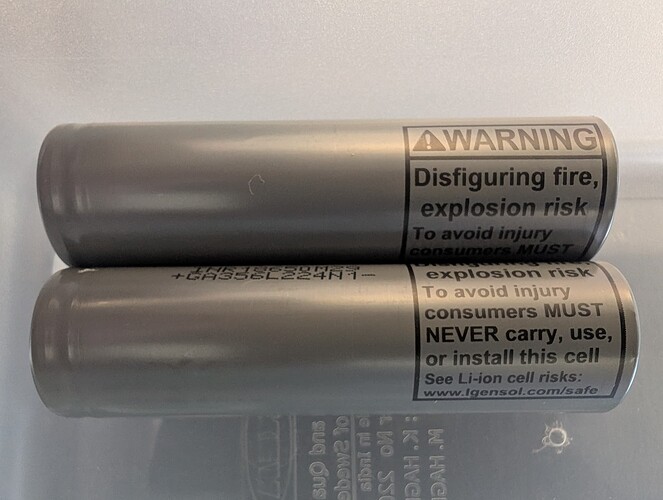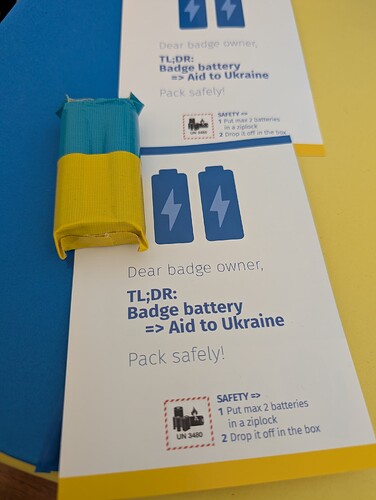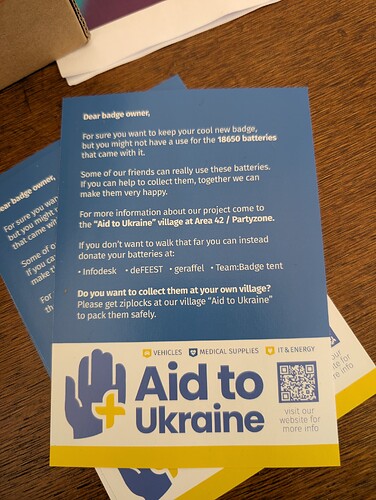Even then, they might still vent a large amount of gas, and also incandescent components can easily light other materials in the vicinity. Having that happen in a field full of polyester tents doesn’t seem very safe
Afaik that’s another failure mode. My main concern is with the thin 0.2mm traces, secondly the wider horizontal trace. The problem is not the MOSFETs.
I don’t think these traces last long under 20A. I doubt they’ll even hold under 4A. That’s why I’m calling them glow wires.
Just shorting B+ to GND ‘somewhere’ isn’t enough. It matters a lot where you do it. See the red circles in my screen shots.
I also have a nagging feeling there might be more issues but I can’t put my finger on them just yet.
I shorted B+ to ground at the B+ tab, simulating what would happen if the tolerance issue caused a short. The thin traces are only control traces for the reverse polarity protection, the current here flowed through big fat power planes.
Jonty Wareing @jonty@chaos.social
For what it’s worth, we made the same error on the @emf 2014 badge using unprotected lipo pouches. Never again.
That event was only ~1000 people and we had at least three instances of batteries emitting smoke #why2025
(Jonty Wareing: "For what it's worth, we made the same error on th…" - chaos.social)
In our short circuit test, the MOSFET was the part that turned into a lighter.
There is some ‘lively’ discussion going on at HN
[…] consumers MUST NEVER […]
Prachtig ![]()
I have donated my 18650 cells to Aid to Ukraine at the collection point in their tent.
If anyone is not using the cells, or has no safe way of transporting them home, please consider donating them!
I did the same!
3 posts were split to a new topic: Warning: WHY2025 Badge may have hazardous uncured epoxy


